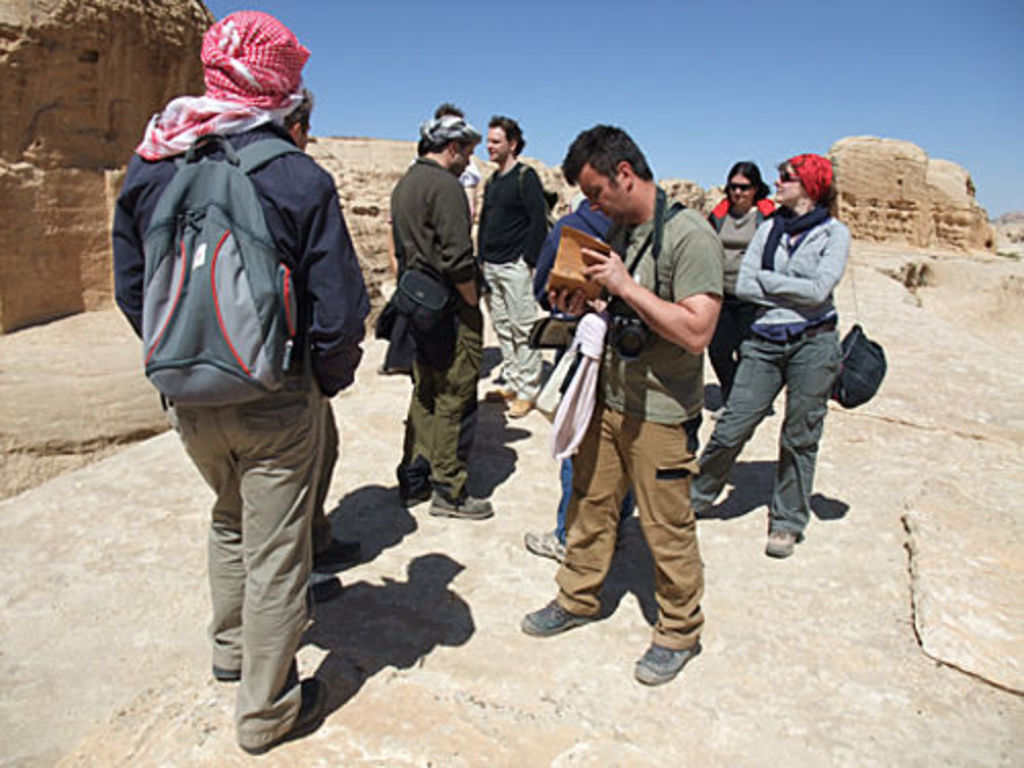Wednesday 17, 2010: Arrival in Amman
In the night from Tuesday to Wednesday all members of the German excavation team travelling from Berlin over Frankfurt to Amman arrived savely around 02.00 o’clock at Queen Aliya Airport. With the exception of the solar case, all the other technical equipment has not found its way through the Jordan border check. So there will be another meeting at the airport today. But, inshallah, everything will be fine ...
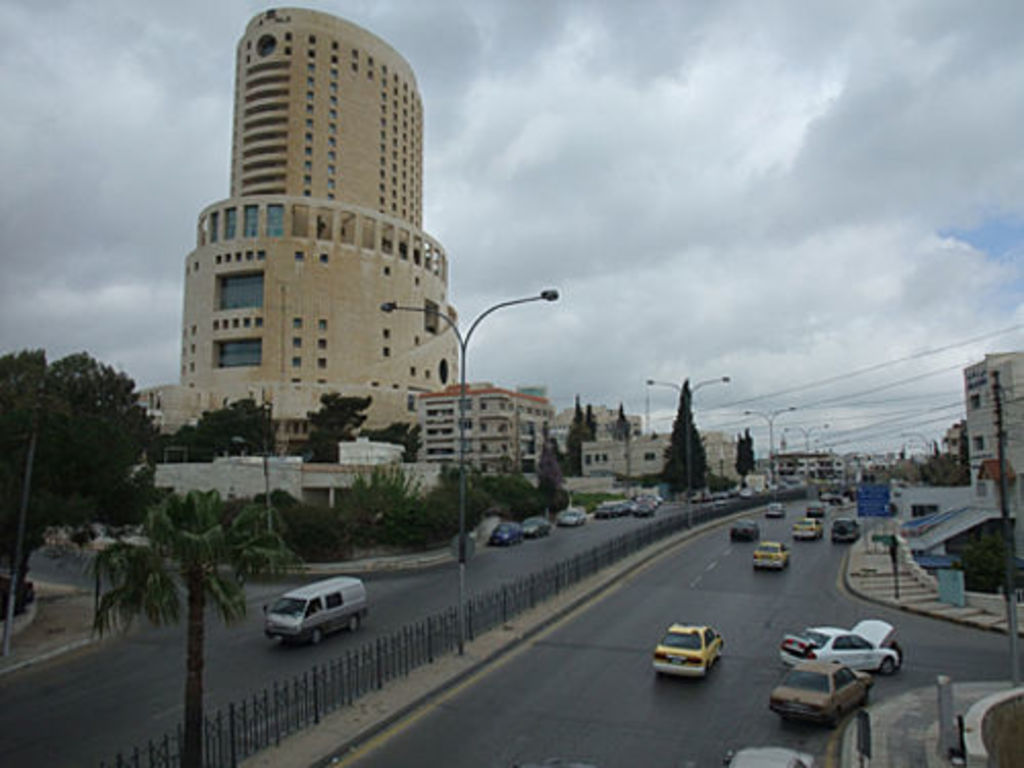
Meanwhile, the two guys from Basel and Sheffield enjoy their stay at the „Institut Français du Proche-Orient“ (IFPO), while the rest of the Berlin team hopefully also enjoys its stay at the „Deutsches Evangelisches Institut“ (GEI). A little walk around in Amman has shown that every year the face of the city is changing. The area in front of the theatre in downtown has been widely cleaned and surrounding buildings have been torn down in order to make place for a large scale park, called „Hussein Plaza“. Moreover, in other parts the city is still growing, old buildings are restored, and new buildings or towers are built. Also, it seems that the number of big and expensive cars has increased; and indicator for growing wealth around the middle and (mostly) upper class in Amman.
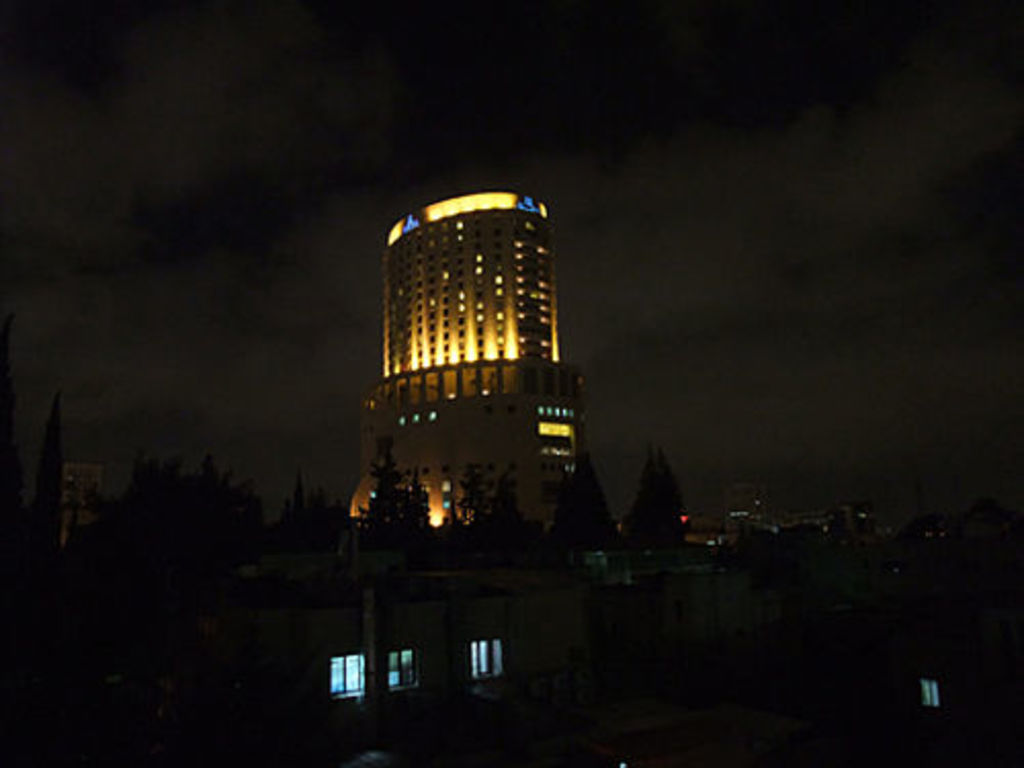
Thursday 18, 2010: Traveling to Petra
After having bought enough stuff to survive the first days in Nazzal’s camp the truck with the excavation team and the heavily packed supply car with Stephan Schmid and André Barmasse were heading towards Wadi Mousa. The traffic within Amman was (like every day) very dense, but after having reached the outer borders of the city and passed by the exit to the airport the road was clear again.

Driving down the King’s Highway one remarks a lot of trucks, obviously tansporting oil or benzin from the harbors near the costal city of Aqaba or from Saudiarabia or phosphate from the Heza mines. The travel started out with warm and sunny weather in Amman, but closing in to the Petra mountain area the sky became more cloudy and the temperature were falling. Should this be a bad omen?

Friday 19, 2010: First climbing to Umm el-Biyara
The first night in Nazzal’s camp was rather cold, which is mostly due to the fact, that the building stores still has all the winter’s cold within its walls. So, the climbing up to Umm el-Biyara was very welcome to all members of the group, in order to heat up the cold bodies.
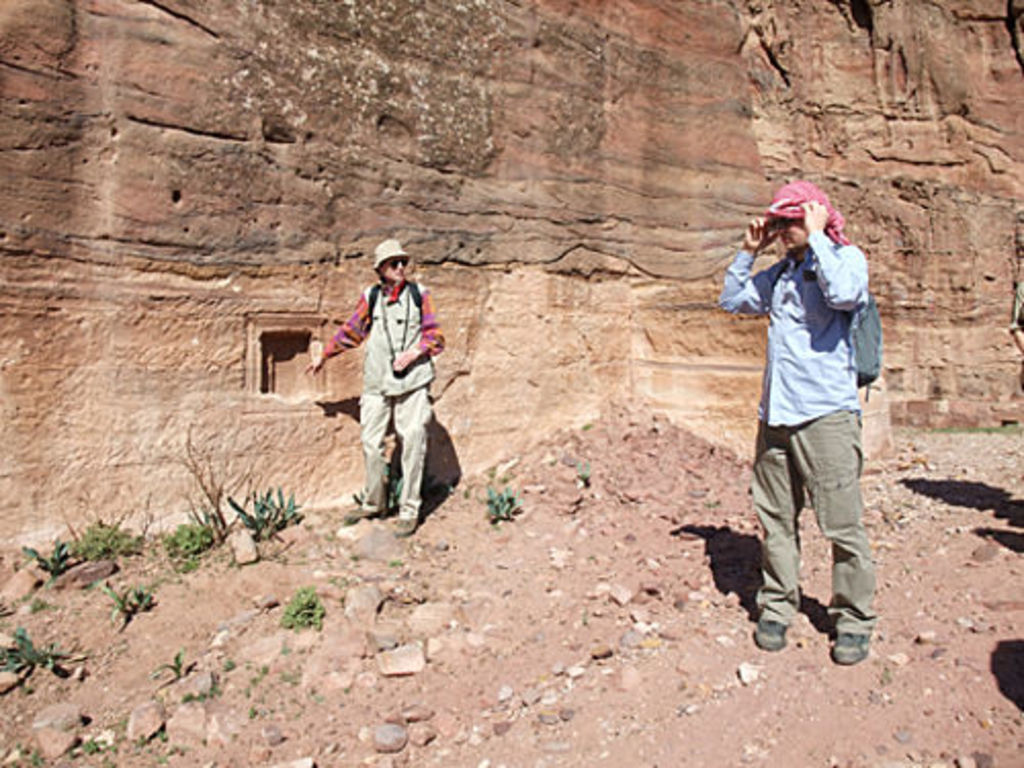
The way up was accompagnied by some interesting explanations of rock cuttings and niches by Robert Wenning, wich were followed on top of Umm el-Biyara by further explanations about the huge numbers of building structure on the southern edge of the Umm el-Biyara plateau by Stephan Schmid.
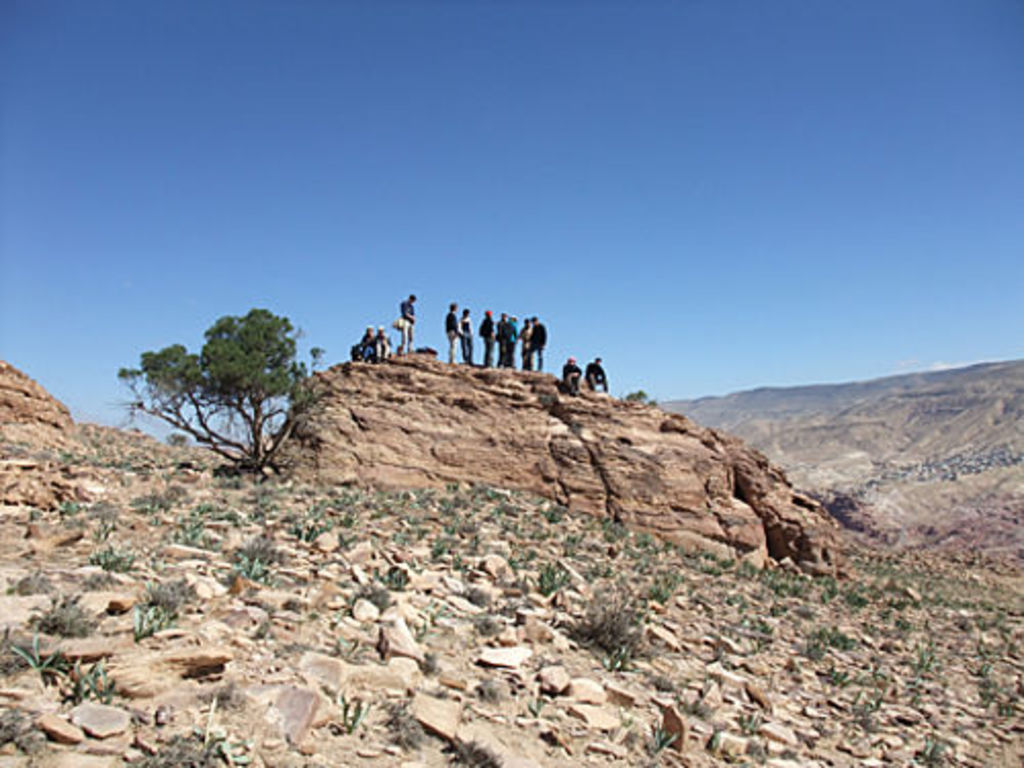
Saturday 20, 2010: Exploring the Aslah area
The day after the climbing up to Umm el-Biyara was dedicated to the second area of interest: the so-called Ashla triclinium in the Bab es-Sik, just in front of the entrance to the gorge of the Siq. On a terracce overlooking the way to the Siq are some rock cut rooms and structures in front of it, which suggest that there have to be built-up rooms in front of the rock tombs.

To verify this combination of tomb, courtyard and surrounding structures (similar for example to the soldier tomb in the Wadi Farasa), a team under the direction of Laurent Gorgerat is excavating there.
